
-
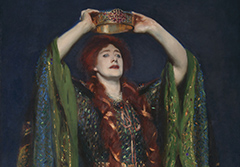
In her spectacular exhibition, Erica Hirshler, Croll Senior Curator of American Painting at the Museum of Fine Arts, Boston (MFA), has chosen to show Sargent’s work by juxtaposing selected portraits with clothing similar to, and in some cases actually depicted in, those paintings.
-
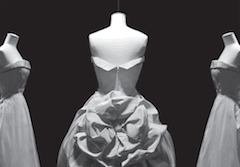
Christian Dior ran his couture house for only ten years. However, his name remains inseparable from Paris fashion and his brand thrives seventy years later.
-
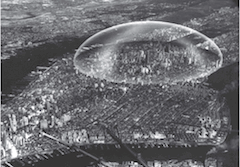
If there is one thing that Never Built New York and the breathtaking panorama at the Queens Museum can teach us, it is that the grid, far more than any architectural folly, embodies the spirit of this almighty metropolis.
-

It is fitting that the first American museum with an independent department of Korean art is home to this historic event: the first major exhibition that explores the past, present, and future of Korean fashion culture from a truly global perspective.
-
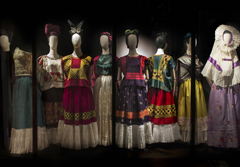
In April 2004, the curator of Frida Kahlo’s house museum in Coyoacán found a trove of Frida Kahlo’s personal items assembled over a lifetime of collecting all forms of Mexican artifacts.
-
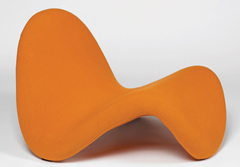
Pierre Paulin was the first retrospective to be devoted to the leading French furniture and interior designer of the second half of the twentieth century. Paulin was drawn to the combination of simpler forms and the policy of large-scale production for a mass market.
-
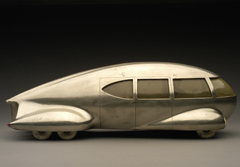
Visitors to the popular Futurama pavilion at the 1939 New York World’s Fair were given a souvenir: a pin that read, “I have seen the Future.”
-
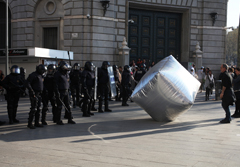
As I write this, activists in the West Bank are instructing protesters in Ferguson, Missouri, via social media, on the best ways to counter the effects of tear gas. Milk or Coke in particular prove much more effective than water for washing the face and eyes.
-
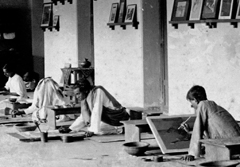
The encounter between Bauhauslers and the Bengali avant-garde in 1922 has long tantalized scholars of South Asian modernism.
-
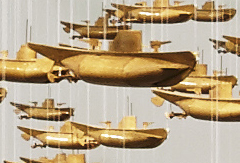
Just as there is no such thing as a private language, no artist—even one of the stature of Chris Burden—can play the art game alone.
-

As saints, Landy’s absurd machines become poignantly human: like us they are inefficient, flawed, and break down.
-
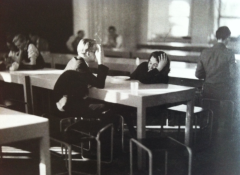
While exploring the School’s peculiarities, the exhibition at the Barbican, perhaps inadvertently, encourages the visitor to frame things in a wider cultural and political context.
-
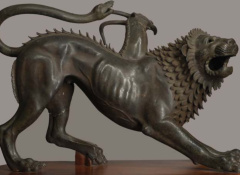
How have humans almost the world over crafted sculptures from this curious alloy of copper to such wonderful effect?
-
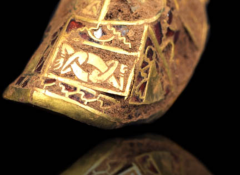
How can we properly consider objects within their historical setting while allowing for the very real presence they have in the present day?
-
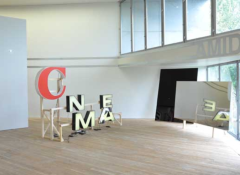
Do we read or see art made of words? Is the aim of text in art to communicate efficiently?
-
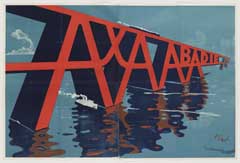
With near-simultaneous exhibitions at MoMA and MAK, it might be claimed that the poster designer Mihály Biró is finally breaking into the consciousness of art and design historians.
-
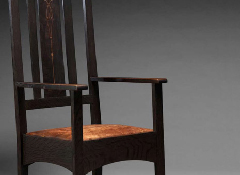
A response to Mark Alan Hewitt’s review of the exhibition and the catalogue for Gustav Stickley and the American Arts and Crafts Movement.
-
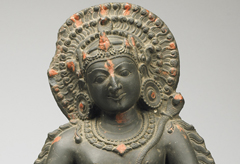
Until this show, there has been no major museum exhibition devoted to the most readily and widely worshipped deity in the Hindu pantheon, leaving a Vishnu-shaped void in the U.S. exhibition program.
-
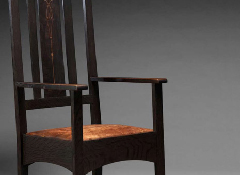
Stickley is widely regarded as the central figure in the American arts and crafts movement. Considering his importance, it is odd that no monographic exhibition of his work should appear until this show.
-
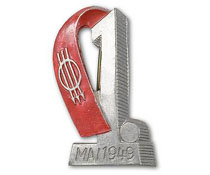
“[O]n the continent, it was Austria, and in Austria, Vienna, which celebrated this festival in the most splendid and appropriate manner.” —Friedrich Engels
-
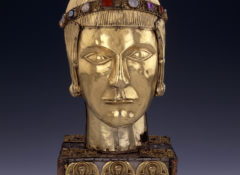
A watershed study of the medieval reliquary, the exhibition emphasizes a novel and serious turn towards an understanding of reliquaries as “things”.
-
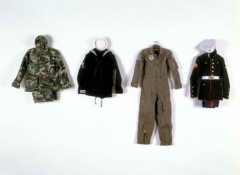
Charles LeDray works as a tailor, shirtmaker, and hatter, but in impossibly small sizes, bigger than for a doll, but smaller than for a child.
-
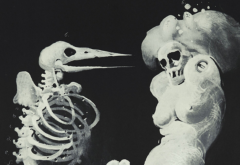
To architecture and design historians, the Czech city of Brno—”the Manchester of Central Europe”—is probably best known as home to a number of key modernist buildings. . . .
-
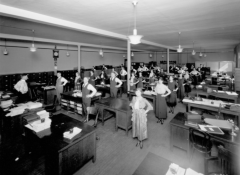
Of all the designed spaces that adults in the developed urban world occupy on a regular basis, the office has probably received less attention from architecture and design historians than any other.
